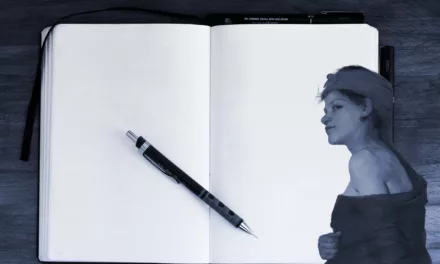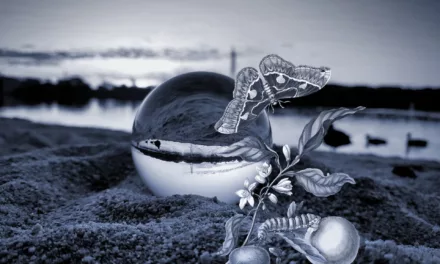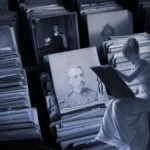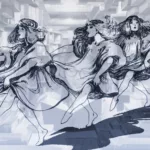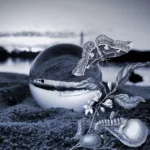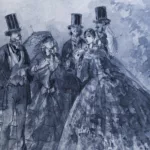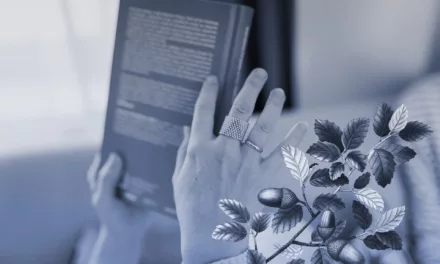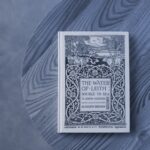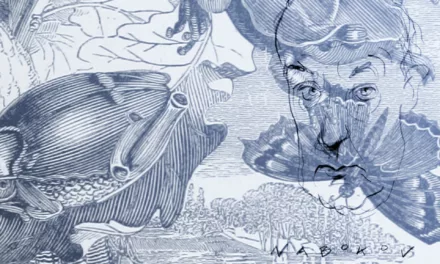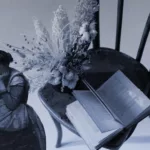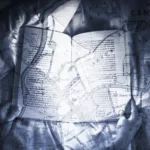
How to Write the Rain: Quick Tips for Creative Writers
Rain can evoke a range of emotions and associations, from the childlike joy of splashing in puddles to the melancholy of grey skies mirroring a character’s mood. But while we’ve all experienced stormy weather, capturing its essence on the page can be surprisingly tricky. Here are some tips to help you write about rain in a way that will make a splash with your readers:
How does it look?
- Use vivid adjectives to describe how the rain looks at different times of day and in different conditions.
- Mention the angle the rain is falling at. Is it falling straight down? Angled? or even sideways?
- Describe the size and shape of the raindrops – are they small and needle-like or large and heavy?
- Note if the rain is clear or if it’s tinged grey or yellow from pollution.
- Does the rain form puddles, streams, or mini-rivers as it flows?
- Describe any ripples, splashes, or concentric circles the rain makes when hitting surfaces.
How does it sound?
- Use onomatopoeia like “pitter-patter,” “tapping,” “drumming,” “plinking,” or “hissing” to mimic the sound.
- Show the surfaces the rain hits and how that changes the noise — a “clattering” on windows, a “thumping” on the roof, a “plopping” in puddles
- Describe the overall volume, from a soft “murmuring” or “whispering” to a loud “pounding” or “roaring”.
- Note any variations or patterns in the sound, like a steady drone vs. syncopated rhythms.
- How does the sound fill a space? Does it echo? Reverberate? Or is it dampened and muffled?
- Describe how the noise of the rain interacts with other ambient sounds in the scene.
How does it feel and smell?
- Describe the temperature of the rain and how it feels on the skin. Is it cool and refreshing or shockingly cold?
- Describe the tactile sensations, like wetness, dripping, soaking, or chilly dampness.
- Note how the rain changes the air, making it humid, misty, or heavy and saturated.
- Describe the smell of the rain, which can be clean and fresh, dusty, earthy, or laden with ozone.
- Describe how it feels to be out in the rain — are characters getting drenched to the bone or finding shelter?
- Use metaphors to compare the feeling to other sensations, like tears on the face or a massage.
What mood and atmosphere does it evoke?
- Use the rain to set the overall tone and mood you want to evoke, from gloomy and sad to peaceful and cleansing.
- Show how the rain affects the setting, like making colours more vivid or obscuring things with mist.
- Describe how the lighting changes, with skies darkening or a glistening sheen over everything.
- Describe how the rain makes characters feel emotionally as well as physically.
- Use the rain as a symbol or metaphor to mirror the characters’ mental states or the themes of the story.
- Show how the rain transforms the world, slowing things down or washing things away, and how characters react to that.
Positive story descriptions
- Rain can bring a sense of renewal, growth, and life to the world.
- There is a cosy feeling of being inside looking out at the rain, safe and warm.
- Rain can make everything glisten and gleam in the light, looking fresh and new.
- Show the soothing, hypnotic quality of the rhythmic patter of raindrops.
- Rain can be invigorating, energising, and joyful.
- Rain can symbolise a fresh start, washing away the old to begin a new chapter.
Negative story descriptions
- Rain can create a sense of melancholy, isolation, or loneliness
- Rain can be an obstacle or hindrance, slowing characters down or forcing them to change plans.
- There is a chilling, bone-deep cold that comes from being soaked in the rain.
- Describe the bleak, colourless world that seems to exist when the sky is endlessly grey and stormy.
- Show how the rain can feel oppressive, like a heavy weight pushing down on everything.
- Describe how the rain can make the world feel dreary, soggy, and depressing, sapping energy and vitality.
Helpful vocabulary
- Use words like deluge, downpour, torrent, cloudburst, hammering, lashing, pelting, battering, or thrumming to describe heavy, intense rain.
- Try terms like drizzle, mist, sprinkle, shower for lighter rain.
- Describe rain-soaked things as drenched, saturated, sodden, waterlogged.
- Describe how rain dimples or stipples surfaces.
- Gutters may babble, gush, trickle or overflow with rain.
- Puddles can slosh, ripple, or reflect like mirrors.
- Raindrops may bead up, roll, or slide down windows, leaves and other surfaces.
- Adjectives like windswept, blustery, driving, relentless, or unceasing can evoke a storm.
- The air may feel close, clammy, sticky, or muggy from humidity.
- Petrichor is the earthy scent released when rain falls on dry soil.
- Slickers, macs, wellies, brollies, and goloshes are rain gear that can add character details.
- After a storm, the world may seem scoured, quenched, drenched, or newly baptised.


